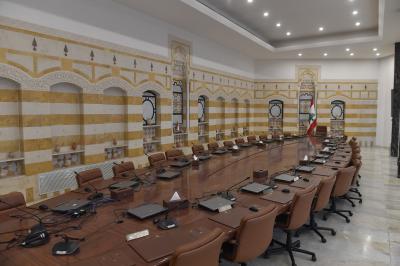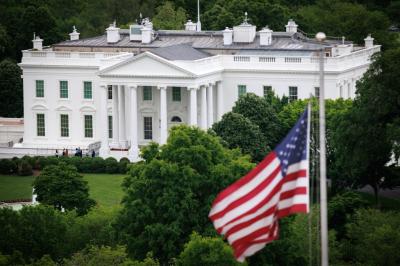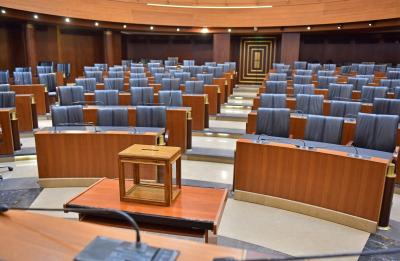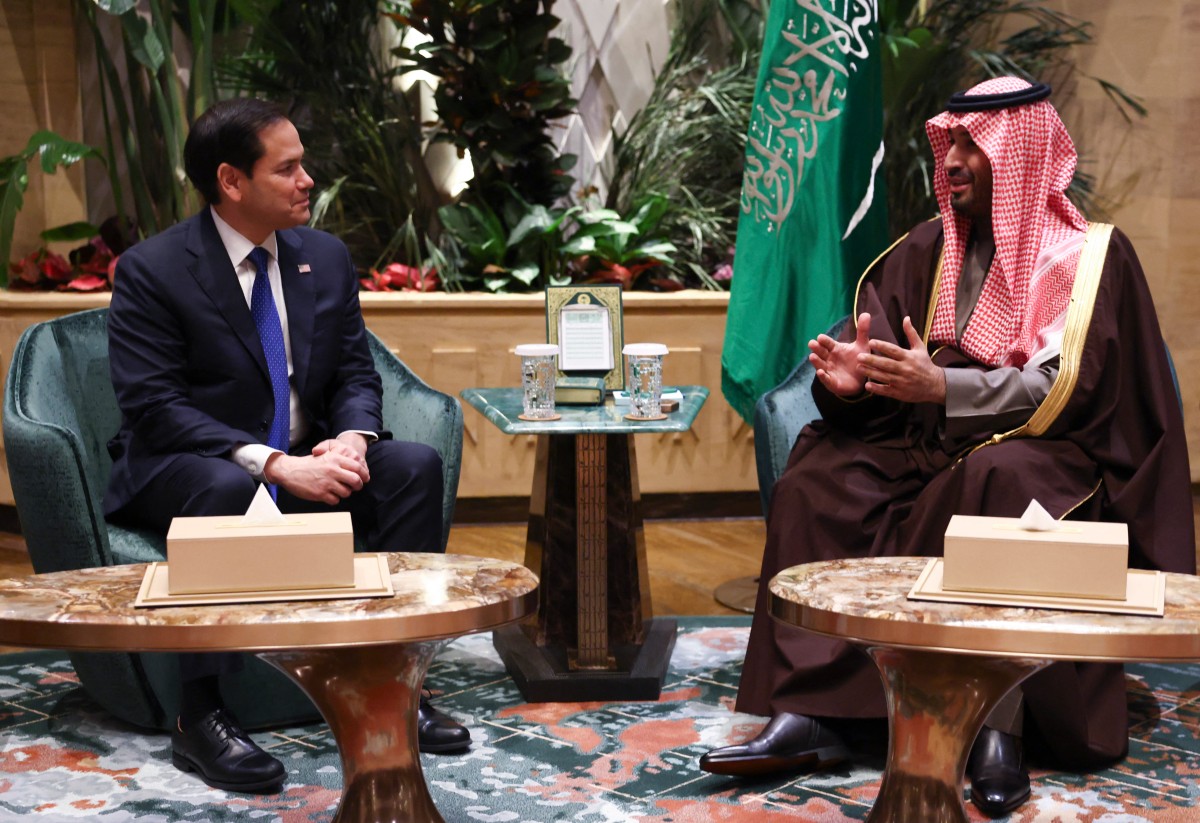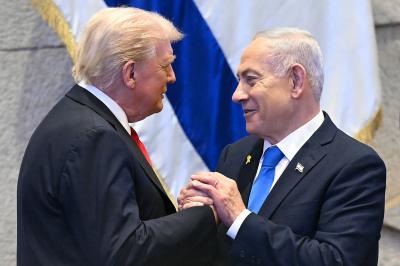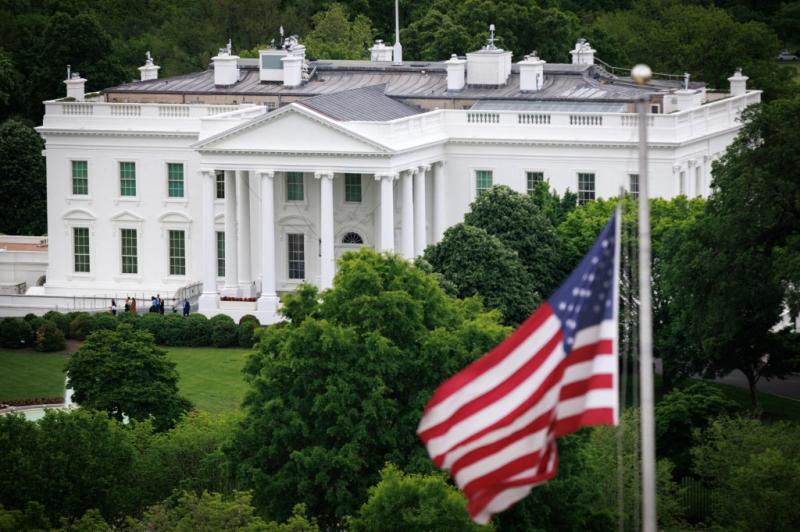The "Al-Aqsa Flood" operation, launched by Hamas on October 7, 2023, and whose repercussions are still unfolding, has led to a striking paradox. On one hand, it dealt a severe blow to an ongoing normalization process, despite the obstacles it faced, the most significant of which was the absence of a satisfactory resolution for the Palestinians. On the other hand, it has inadvertently made the prospect of a Palestinian state even more challenging than it was before that date.
West Bank Annexation, Municipal Governance
From his first term in office (2016–2020), U.S. President Donald Trump has consistently pursued the ambition of achieving "peace" between Arabs and Israel—in other words, imposing normalization on Arab nations. Today, in a second Trump era that differs in some ways from the first, the goal of Middle East pacification remains unchanged. The matter is also personal: he aspires to claim a Nobel Peace Prize and cement his name among the most influential American presidents in the region’s history if he succeeds in brokering an agreement between Israelis, Palestinians, and Arab states—something none of his predecessors managed to do.
This formidable challenge raises critical questions: Is a genuine peace achievable? On what foundation does it rest for Israel? Can the normalization process and the expansion of the Abraham Accords be separated from the Palestinian cause? Or is the Palestinian issue central and in need of a just resolution? Who would be the negotiating partner on the Israeli side? And is Israeli Prime Minister Benjamin Netanyahu capable of delivering peace?
The last question is perhaps the most pressing today, as Netanyahu rejects all possible concessions. He is Israel’s most hardline and longest-serving prime minister, with the experience, political support, and ideological backing to steadfastly oppose anything that benefits the Palestinians. More crucially, he has taken bold steps beyond all expectations, enacting strategic changes in the region that few anticipated. On most issues, he has been transparent with his public, except when it comes to the fate of Israeli hostages.
Netanyahu, facing deep internal crises, had little choice but to adopt a strategy of extreme force. He would not have backed down had it not been for pressure from the current U.S. administration, even before its return to the White House. Yet, Trump himself is no more attuned to the realities of Middle Eastern societies and their sense of identity than Netanyahu, as evidenced by his calls for Palestinian displacement—later softened but never fully abandoned. Moreover, he appears unaware of the core of the Palestinian cause: that of a displaced people who refuse to repeat the mistakes of their ancestors, who believed in empty promises, left their land in 1948, and never returned despite UN Resolution 194 guaranteeing their right to do so.
Nevertheless, the Trump administration has never outright rejected the two-state solution—whether out of conviction or pragmatism. However, it now seeks to detach Israeli-Palestinian negotiations from its broader vision for Middle East peace, which is built on an ambitious American strategy for regional stability—one encompassing security, economic, social, and environmental integration, all underpinned by normalization as both a prerequisite and an objective.
To achieve this, Washington is working to persuade Arab states to downplay the Palestinian issue and isolate Hamas after the blows it has suffered, without rehabilitating the Palestinian Authority—in fact, further marginalizing it in line with Netanyahu’s wishes. The Israeli objective mirrors past policies from decades ago, before the 1987 Palestinian Intifada (uprising): imposing localized administrative solutions under Israeli oversight, if not direct control, while continuing the incremental annexation of the West Bank.
Normalization: Source of Instability
After Trump’s repeated public calls for Palestinian displacement, particularly of Gazans to Sinai and Jordan, the Arab world responded with widespread condemnation. This time, the Arab stance is solid: international law and global public opinion support their opposition to forced transfers, a practice long relegated to history. The international community continues to back the two-state solution, recognizing that the Palestinians remain the last people still exiled from their homeland.
This planned displacement does not only threaten neighboring states such as Egypt, Jordan, Syria, and Lebanon; it poses a broader risk to Arab national security, particularly to Saudi Arabia. Netanyahu’s euphoric suggestion of a Palestinian state in Saudi Arabia, beyond its sheer hostility, signals a strategic intent to sever Palestinian aspirations from the broader Arab-Israeli peace process. Riyadh’s response was clear: a reaffirmation of its commitment to an independent Palestinian state with Jerusalem as its capital, making any diplomatic ties with Israel contingent on this condition.
Today, the risks of engaging with Netanyahu’s government outweigh any potential benefits. Normalization has become a destabilizing force, further isolating the Palestinians and undermining their cause. This is an unacceptable scenario for Arab nations, and Saudi Arabia has made it clear that it will not be party to such a process or contribute to Netanyahu’s political survival.
It may take time for Washington to recognize the futility of separating the Palestinian issue from the broader Arab normalization efforts. Until then, Netanyahu is likely to continue weakening the Palestinian Authority, diminishing its credibility, and extending his military campaign into the West Bank now that the war in Gaza has, for all practical purposes, ended. This deadlock will persist until an Israeli leader emerges who is willing to engage in a genuine settlement with the Palestinians—a process that could take years.
Hamas Marginalization
On the Palestinian side, despite claims of victory, Hamas has found itself stepping back. Following extensive internal deliberations, the movement has come to accept, at least temporarily, the concept of a two-state solution. It is now expected to integrate into the Palestine Liberation Organization (PLO) and, subsequently, the Palestinian Authority, regardless of what form the latter takes.
Hamas has also agreed to the establishment of a relief committee in Gaza, overseeing reconstruction under Arab supervision—an arrangement that excludes the movement from direct governance. This development signals a significant shift: Hamas is being sidelined from Gaza’s future administration, a move that holds deeper implications. Arab states have already discussed an initial proposal for a $20 billion fund, sourced from governments and private investors, to build around 200,000 housing units over the next three years—an initiative aimed at ensuring that Gazans remain on their land.
Yet, the fundamental question remains: what kind of Palestinian state is being envisioned? More than 31 years after the Oslo Accords, the Palestinian position has been severely weakened. The agreement, once seen as a stepping stone toward statehood, was in reality merely a declaration of principles for interim self-rule, embodying Yasser Arafat’s "take what you can and demand more" strategy. However, the critical final-status issues were deferred indefinitely—and remain as distant as ever today.
Please post your comments on:
[email protected]
 Politics
Politics

